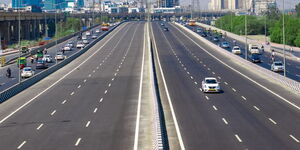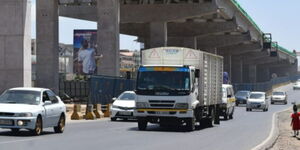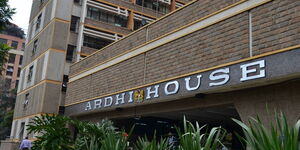Across the world, motor vehicle manufacturers are required to install a third brake light on all the vehicles they assemble.
The light is usually located outside the car boot or at the back of the rear windscreen and lights red once a motorist hits the brake pedal.
However, many motorists do not understand its role and the science behind it given that there are also two back lights that also act as brake lights.
The main function of the third brake light is to help motorists know the exact moment drivers ahead of them apply brakes.
Additionally, the light is important as it helps the two brake lights communicate as more often than not, one of the lights will be blocked during traffic.
Unknown to many, the third brake light dates back to 1974 when Russian - American psychologist, John Voevodsky, innovated the third brake light and tested it on taxis.
His thinking was aimed at providing a solution to motorists who were often involved in accidents after failing to notice the other conventional brake lights.
Voevodsky tested the third brake lights on 503 taxis in the busy town of San Francisco in the US. 343 taxis were fitted with extra lights while 106 were left to operate with the normal two lights.
In the end, it was proved that the taxis fitted with the third brake light were unlikely to get involved in collision hence the decision to make the third brake light compulsory for all vehicle manufacturers.
"A comparison of the 343 taxis for 19 million kilometres with the group of 160 cabs travelling 11 million kilometres revealed that the light prevented by 54 per cent, 100 per cent taxi driver injuries, and Ksh76,388 damages on average.
"The light was activated by the use of the brake pedal and pulsed in a controlled fashion at a rate, duty cycle, and intensity that varied exponentially with a component of deceleration," Voevodsky's report explained.
The success of the experiment saw the light earn the name 'the safety brake light' given the lives it saves on roads to date.












